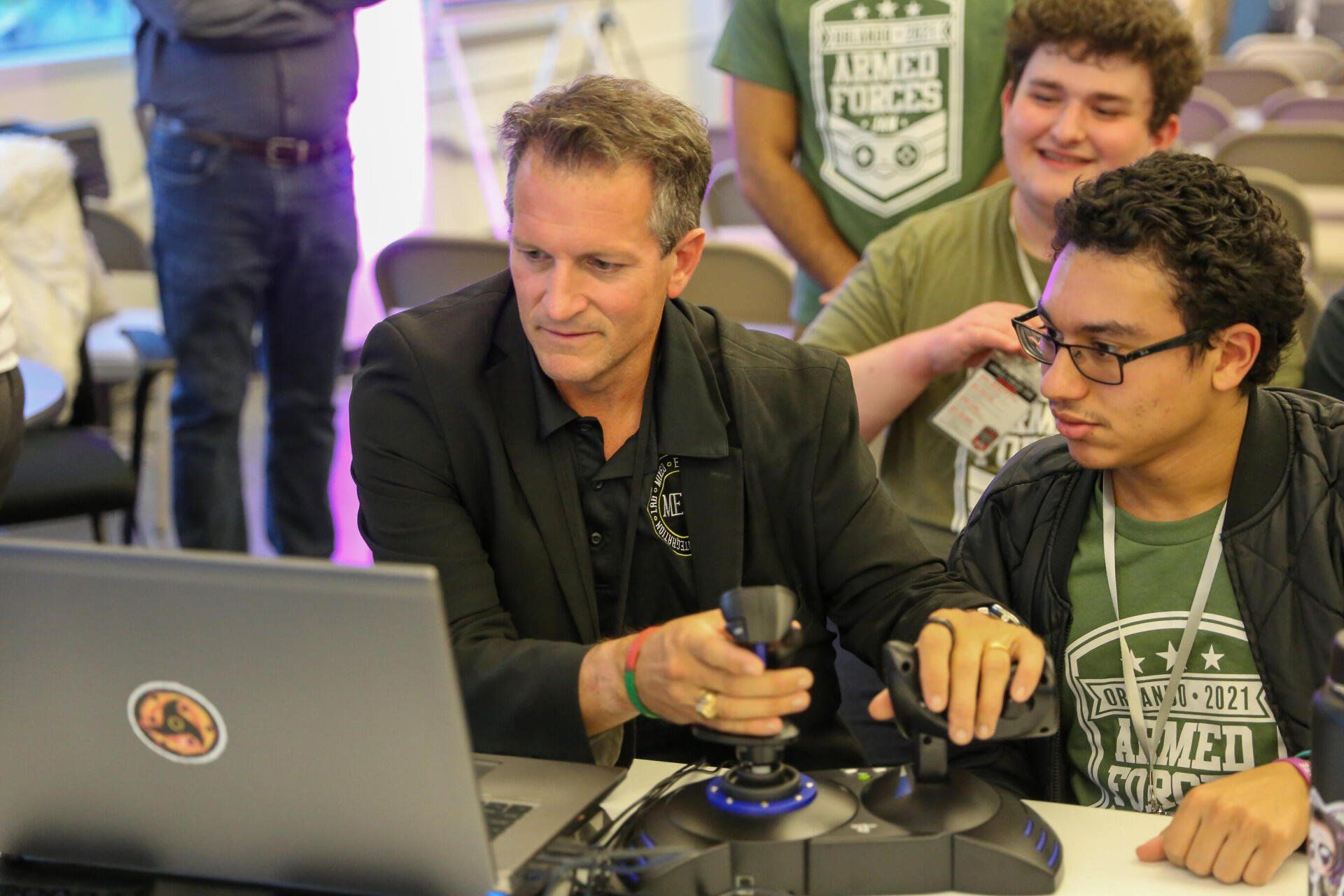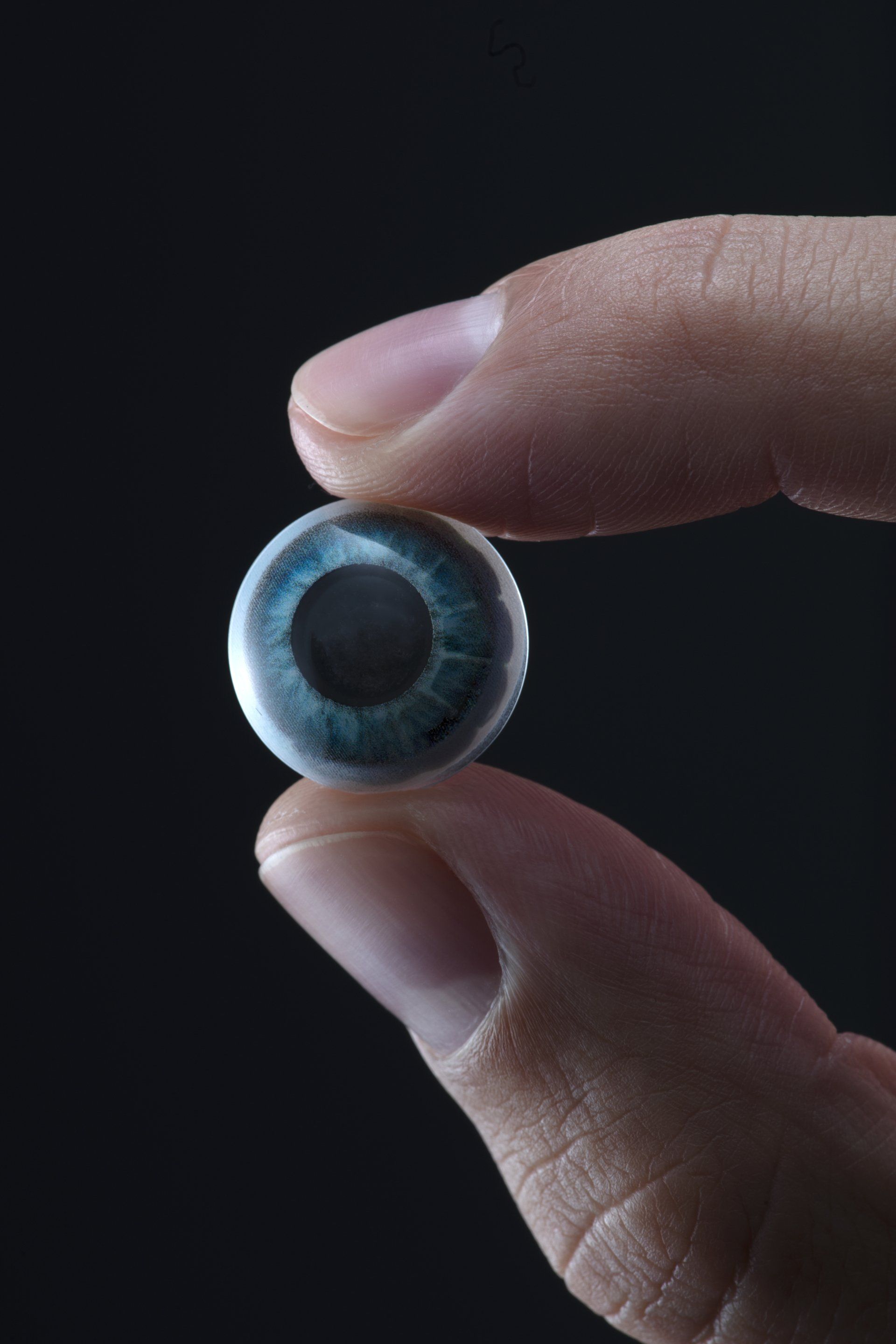EVERYBODY'S TALKING METAVERSE; ALSO A TIM COOK CORRECTION
He's done it. Mark Zuckerberg has claimed ownership of the metaverse.
Perhaps we should call this issue "Mickey Mouse, Zuck and the Metaverse."
The discussion about this so-called future of everything known as the Metaverse has been super charged ever since Mark Zuckerburg at the end of last month announced that Facebook would change its name to "Meta."
Just a thought but doesn't Zuck's move appear to be a blatant play to claim ownership of something that is going to be ubiquitous? Maybe it's my skeptical eye but that's what I got out of it.
He knows not everybody will understand this world (in fact, most won't) so there will always be that profile of a person who, upon learning about this "metaverse" immediately makes the connection and assumes it was a Zuck production.
Perhaps I'm overthinking this but that's the way I took it.
Either way, however, say what you will about the strategy. Zuck's bold move has suddenly empowered so many others to come out and talk about their strategies about how (not if) they will be involved.
Walt Disney Company CEO Bob Chapek even made it a point in an investors call to ensure its financial supporters that there is no way their company would sit this out. Duh.
"Suffice it to say, our efforts to date are merely a prologue to a time when we’ll be able to connect the physical and digital worlds even more closely, allowing for storytelling without boundaries in our own Disney metaverse."
That's a bold stroke.
Meanwhile, Microsoft wants you to know that it will "power metaverses - there will be more than one! - IoT capabilities that enable customers to create 'digital twins' of physical objects in the cloud."
These clearly won't be the last land grab-like statements from major companies so, for now, enjoy the ride and the possibilities.
Let's dig into this week's stories and newsletter, shall we?
First, a quick correction/clarification
Tim Cook doesn't consider me his buddy.
Last month, I introduced myself as a buddy ol' pal of Apple's CEO, sharing a photo I took of me and him at an Apple store in Orlando.
At least one person had no idea I was a jokester.
I apologize for that and want to make clear: Tim Cook is no friend of mine.
However, as I was thinking things over, I realized the true story is actually a much better indicator of who you are getting as a newsletter creator than my small joke.
As I said last week (and just now), I did meet Tim Cook.
You don't need Maury for that one. It's no lie and there are photos and a news story to prove it.
In 2019, prior to Apple's huge Worldwide Developers Conference, Cook visited Orlando, Fla., as a speaker at a large conference.
He decided to make it a multi-purpose visit, awarding a local high school teenager with a scholarship to attend the WWDC.
As a top technology reporter in the region, Apple's PR people called me to offer the exclusive interview with the tech leader.
Yeah, that picture you see (along with the pictures taken by my photographer for the story)? Those were the only ones taken live at the event because we had the exclusive.
Apple's public relations company had heard about my work covering Central Florida's tech industry and reached out.
That was the missing information from last issue's admittedly simple joke.
I hope that clears things up.
tl;dr: No, I'm not Tim Cook's buddy but Apple came directly to me when they wanted to break an exclusive news story in Central Florida. Now, I'm bringing my network and reputation to this newsletter.
THE TOP SPOT
BrandXR leaders partner with military on event
Armed Forces Jam brought creators together with high-ranking officials to build bridges, needed products in Orlando
To say that the BrandXR team has been busy might be more of an understatement this month than even the other months that preceded this one.
As events start to return post-pandemic, two of our principles, Kunal Patel and Moody Mattan, have jumped back onto the circuit.
Patel oversaw the launch of the inaugural Armed Force Jam. Ever the staunch supporter of game developers, Patel established a Central Florida based organization known as Indienomicon which brings together the city's video game developer community to participate in these events.
It’s one of the more-important connection points for the city’s independent video game community.
As part of that group, he hosted Armed Forces Jam early this month.
It’s an effort, he said, to make solid connections with each major military branch, which all base their simulation and training operations in Central Florida.
“To grab the attention of such high-profile military organizations like those that have a strong presence in Orlando was important,” said Patel, the event’s lead organizer and BrandXR’s Co-Founder and CTO. “The event helped fortify partnerships we have worked hard to build. More importantly, however, it also helps bring the gaming and military simulation communities together to solve their most pressing problems.”
The event drew more than 100 mentors, participants and others within the community, drawing attendees from companies like Unity and military leaders and representatives, retired and otherwise, from the U.S. Navy, U.S. Army, U.S. Air Force and the most recent addition, the Space Force.
The timing of the event worked out, too, as most of those in attendance have been eager to return to in-person events.
Patel gave special thanks to what’s become a really cool meeting space, the Central Florida Tech Grove, which debuted this summer.
At the end of the weekend, three teams took home a combined $6,000 in prizes.
“Bringing innovation events like the Armed Forces Jam to the communities we live in has become one of our most-important team goals,” BrandXR Co-Founder & CEO Moody Mattan said. “We started these game jams to introduce entire industries to the power of gaming and XR technologies. From the Space industry, to Healthcare, and now the Defense industry. It’s clear these technologies have a major impact on the way we do business.”
AR OF THE WEEK
Olympics-era archaeology, IRL
Ever wondered what the birthplace of the Olympic Games looked like when the centuries-old spectacle was first hosted? Thanks to augmented reality, Microsoft and Greece's Minister of Culture and Sport, now you can. The agency connected with Microsoft on a project that recreated that legendary setting right on site in Olympia, Greece. Although you can check out the site remotely through a virtual reality site, the real experience likely pops even more when you visit the site and use augmented reality. On its surface, it appears to be a nice little mobile app that puts users at an historic site. But, digging further, it's a way for others in the industry to dream up great places that people want to recreate. Perhaps a battleground? Maybe AR can take you to the Los Angeles Olympics of 1984 if you walk around the L.A. Coliseum? The possibilities are literally endless.
NEWS & COOL THINGS
Let's Take a Run Through the Awesome Content We've Seen Lately...
AR Glasses? That's soooo 2020.
Who needs augmented reality glasses when you can have them in a contact lens? A company in Saratoga, Calif., has announced that it is developing the AR-enabled devices and it has a pretty "magical" backer. Mojo Vision was accepted into the 2021 Disney Accelerator cohort to work on its AR contact lenses. You really have to see them in action. Yes, I get it. For now, all we can do is watch these videos and hope they reach their ultimate goals. To have street directions overlaid on your contact lenses during a run would be pretty bad ass. Here's how they describe it: "Mojo Lens’ revolutionary design uses a tiny microLED display the size of a grain of sand to share critical information, and smart sensors powered by solid-state batteries built into a scleral lens that also corrects your vision. By overlaying digital information onto our world, Mojo Lens empowers each of us to be our best self in any situation." You really should want to
Criminals beware: Good guys are using AR
You just can't catch a break if you're a criminal, huh? A California news station reported this week that a new company called CrimeDoor has developed a way to use augmented reality for crime-solving help. He's probably a bit biased but the content creator at CrimeDoor explains it like this: "I believe the innovation of AR technology in criminal cases is as paramount as the introduction of DNA and will be critical to the future of solving cases. You can check out the news report and follow the link to their website to
Report: Still room to grow for sports AR
You've probably seen a version of "augmented reality" on broadcasts of your favorite sports. The statistical overlays are a very rough version of this. But a new report is highlighting some pretty neat ways we will see AR in sports. The industry is full of opportunities for the technology, as stats heads everywhere and followers of just about every sport are hungry for real-time data. I know I'm guilty of this, as well. The functions can be as basic as statistical overlays or as complex as health monitoring. Check out this report to
Well, there you have it. We'll see you again in a couple of weeks but either hit that subscribe button or follow this blog as we plan to create much more metaverse and XR-related content moving forward!

Marco Santana
Marco Santana joined BrandXR as a content director in October of 2021. A longtime tech reporter, he has been following the convergence of mixed realities and different industries for more than a decade.




















